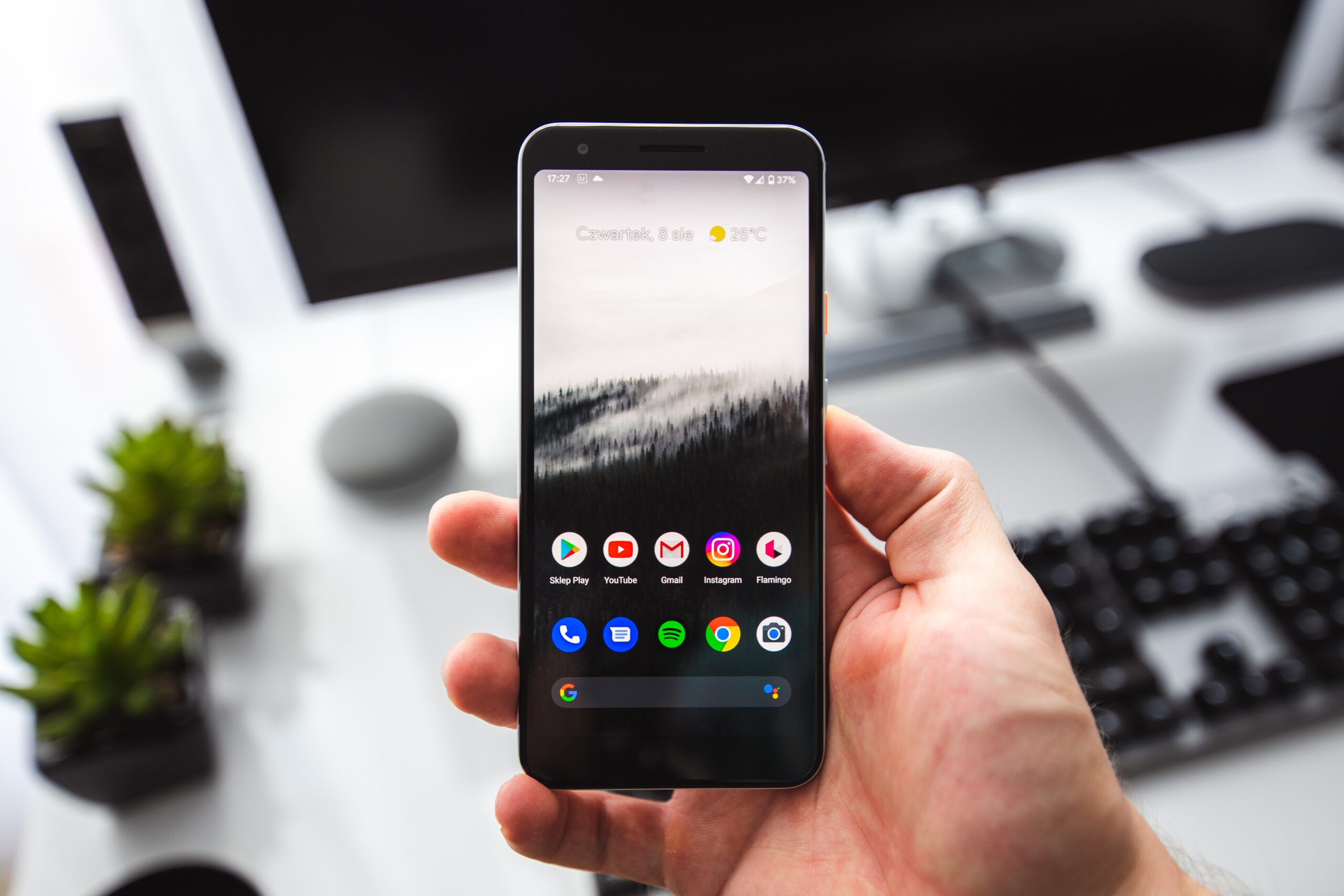Internet Protocol version 6 (IPv6) is the latest version of the Internet Protocol, designed to replace IPv4 and accommodate the ever-growing number of connected devices. While IPv6 offers several benefits, there may be instances where you need to disable it on your Android device’s mobile data connection.

For example, some networks or applications may not fully support IPv6, leading to connectivity issues. Disabling IPv6 on Android can streamline network settings and resolve compatibility problems. In this news post, we will explore how to disable IPv6 on Android mobile data connections, giving you the flexibility to manage your network settings effectively.
Understanding IPv6 and IPv4
IPv6 is the successor to IPv4 and is designed to address the depletion of available IP addresses under the older protocol. While IPv4 uses 32-bit addresses, IPv6 uses 128-bit addresses, providing a vastly larger pool of unique IP addresses for devices to connect to the internet.
IPv6 adoption has been increasing steadily, and most modern devices and networks support both IPv6 and IPv4. However, there may be cases where disabling IPv6 on Android can help address specific compatibility issues or streamline network configurations.
Method: How to Disable IPv6 on Android Mobile Data Connection
Disabling IPv6 on your Android device’s mobile data connection involves modifying your network settings. Please note that the steps may vary slightly based on your device model and Android version. Here’s a general guide to disabling IPv6 on Android:
-
Open the “Settings” app on your Android device.
-
Look for “Network & Internet” or “Connections” and tap on it.
-
Tap on “Mobile Network” or “Data Usage,” depending on the wording used in your device’s settings.
-
Find and select “Access Point Names” or “APN.”
-
You should see a list of APNs associated with your mobile data connection. Tap on the active APN (usually indicated with a green dot or checkmark).
-
Look for an option labeled “APN Protocol” or “IPv6/IPv4.” The wording may differ depending on your device and Android version.
-
Tap on the “APN Protocol” or “IPv6/IPv4” option, and a list of available protocols will appear.
-
Select “IPv4” from the list. This action will disable IPv6 and prioritize the use of IPv4 for your mobile data connection.
-
After selecting “IPv4,” navigate back to the main settings page or exit the “Settings” app.
Note: If you encounter connectivity issues after disabling IPv6, you can revert to the default settings by following the same steps and selecting “IPv6/IPv4” or “IPv6” as the preferred protocol.
Conclusion
Disabling IPv6 on your Android device’s mobile data connection can be a useful solution for addressing compatibility issues or streamlining network settings. While IPv6 is the future of internet protocol, there may be scenarios where certain networks or applications are better suited to IPv4 connections. By following the steps outlined in this news post, you can easily manage your Android device’s network settings and disable IPv6 when necessary.
It’s important to note that IPv6 adoption is increasing globally, and disabling it may become less common as networks and devices become more compatible. However, for users facing specific connectivity challenges or requiring IPv4 prioritization, the ability to disable IPv6 on Android provides a valuable solution.
Always keep your device and network settings up-to-date, and be aware that disabling IPv6 should only be done when necessary and under appropriate circumstances. By understanding the benefits and limitations of IPv6 and IPv4, you can make informed decisions about your Android device’s network configurations and ensure a seamless internet experience.